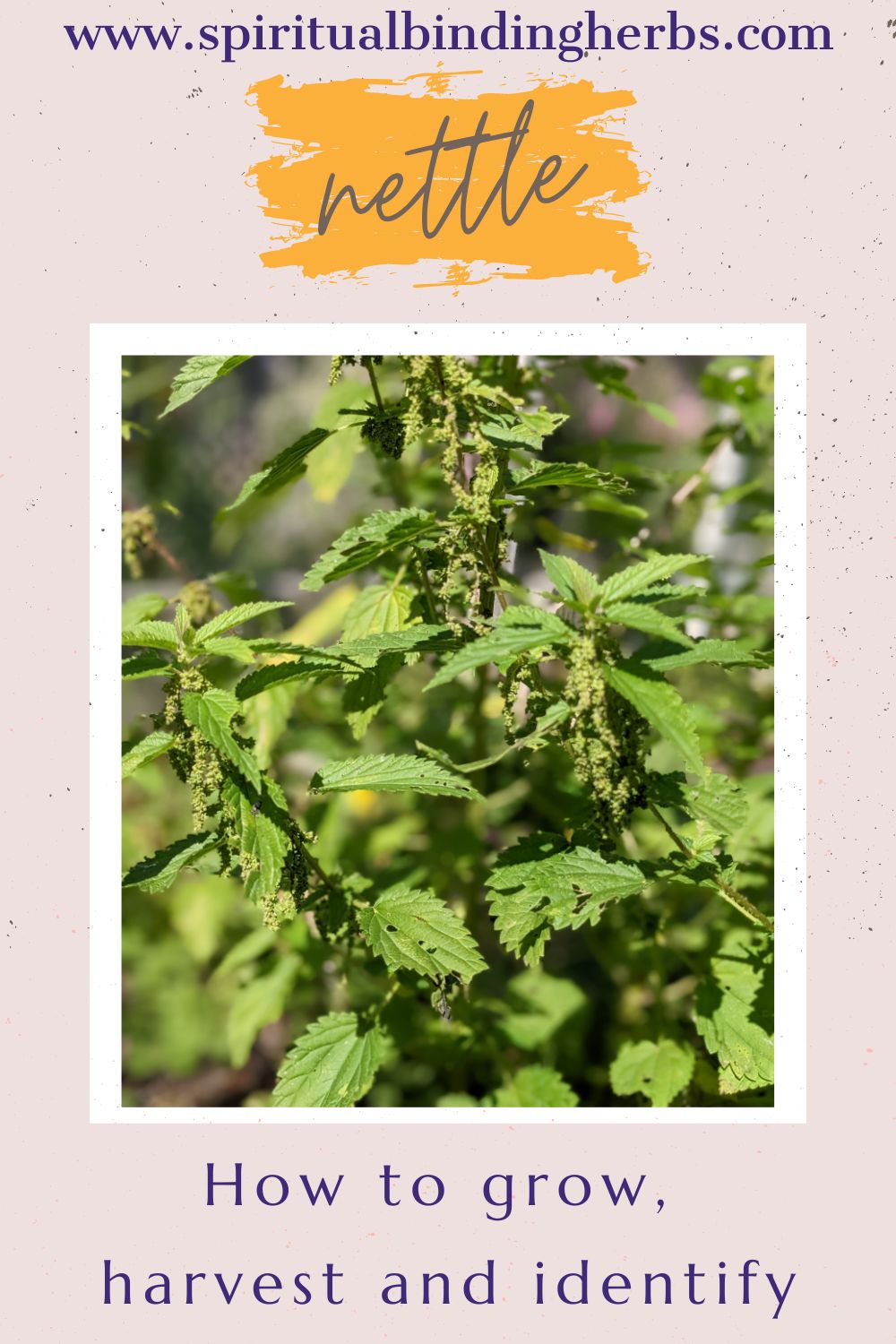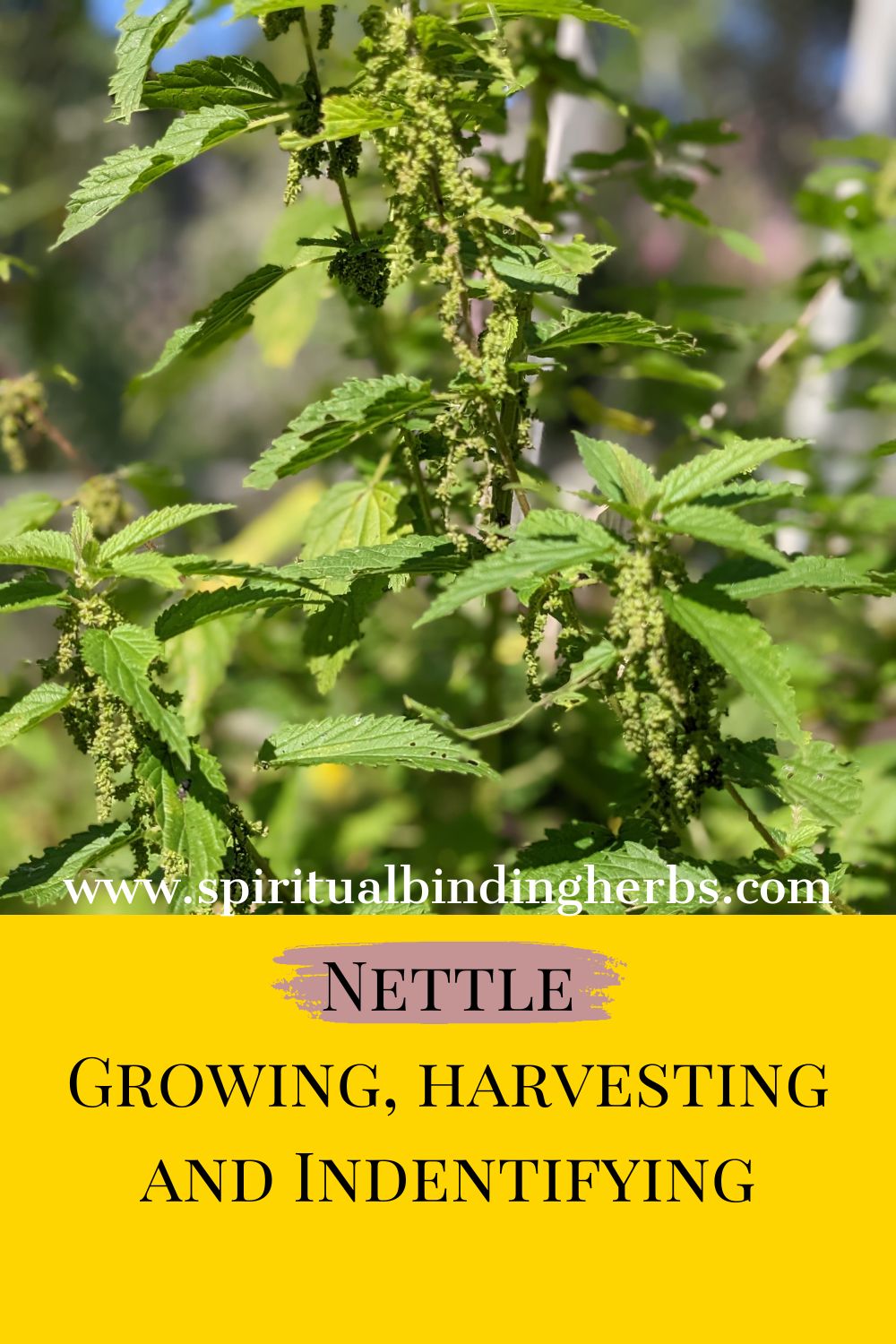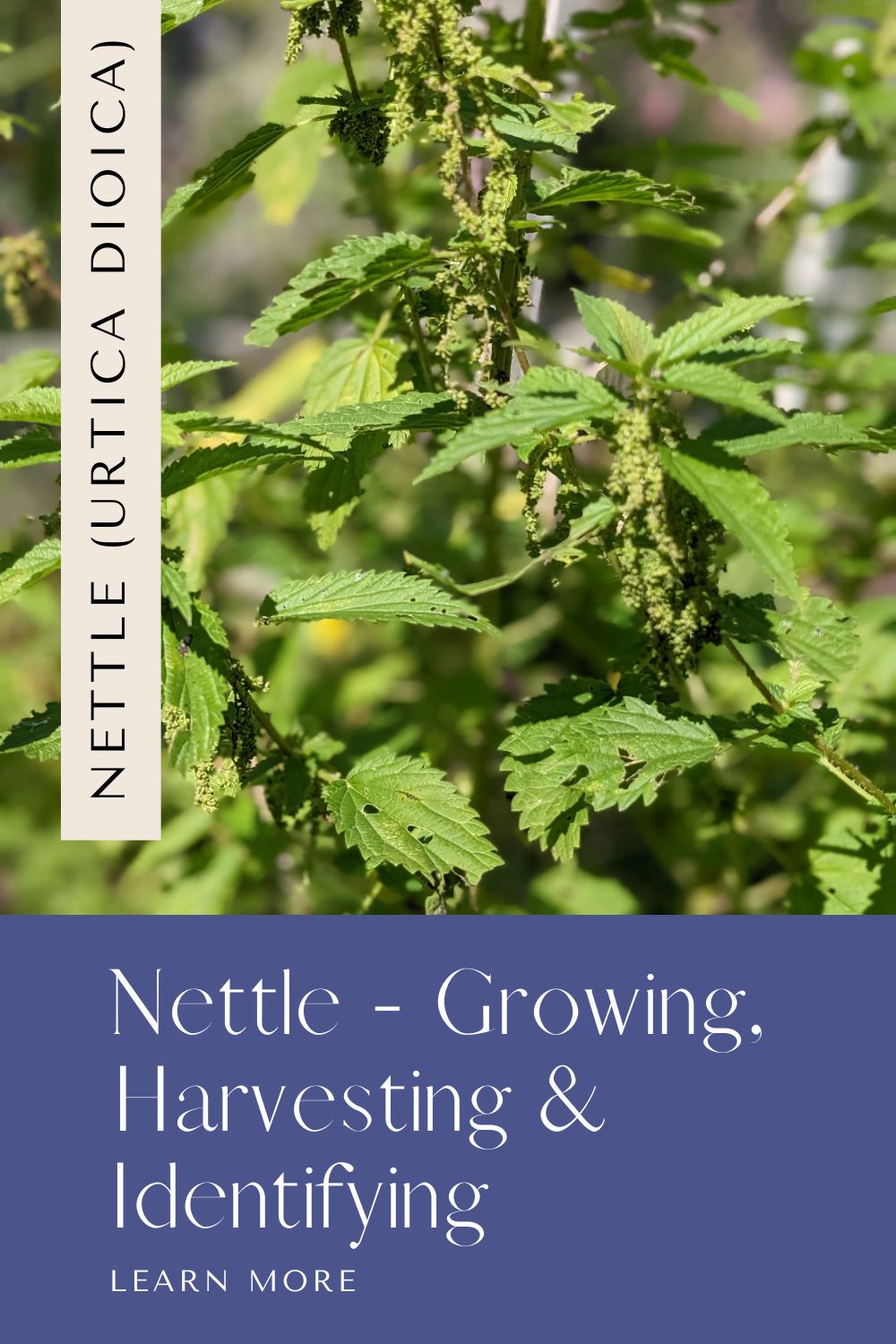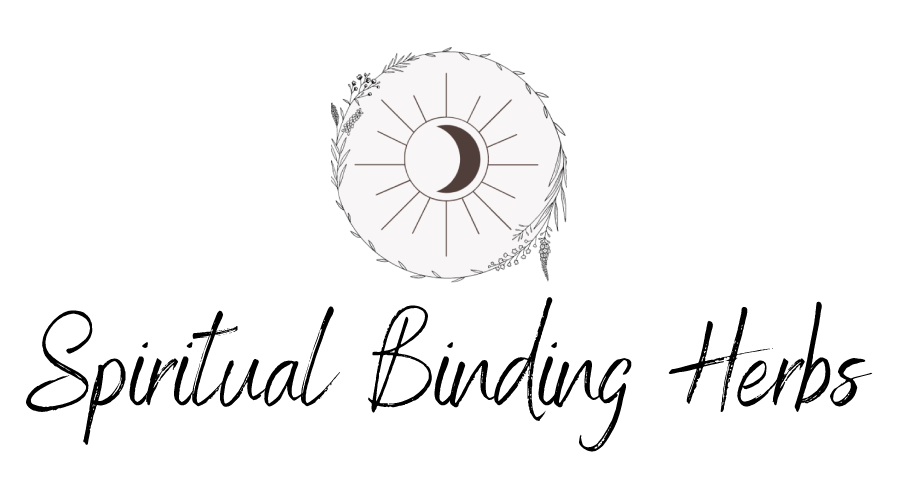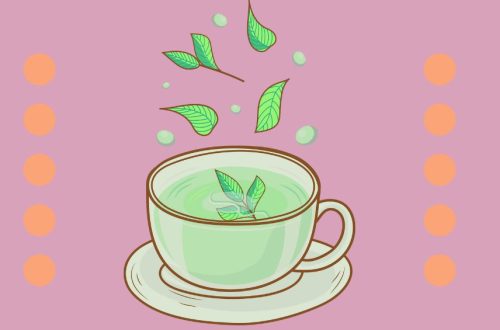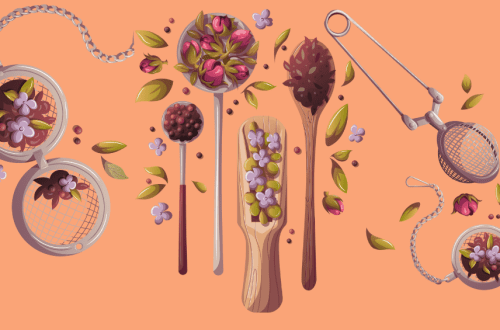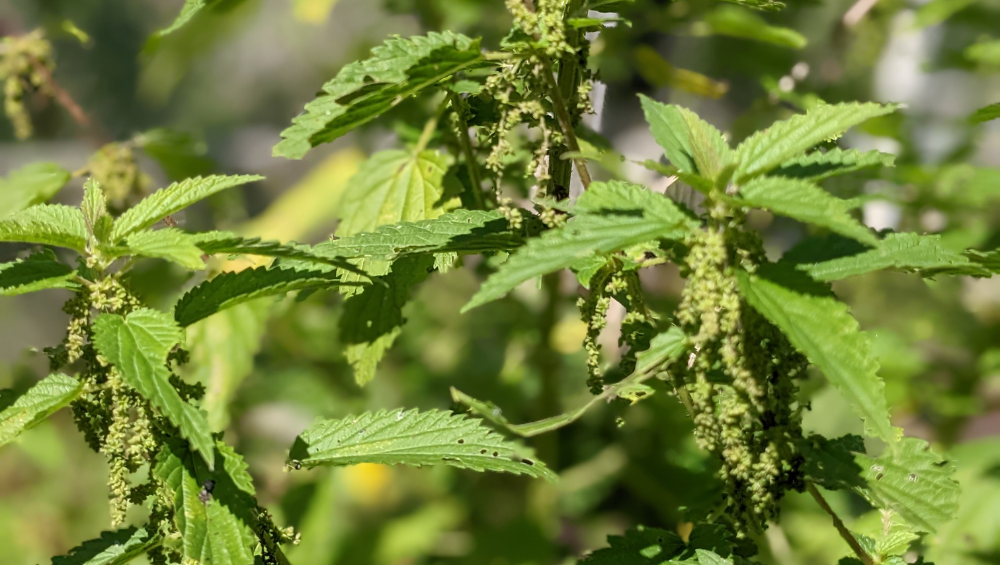
Nettle – Identification, Growing, Harvesting & Parts Used
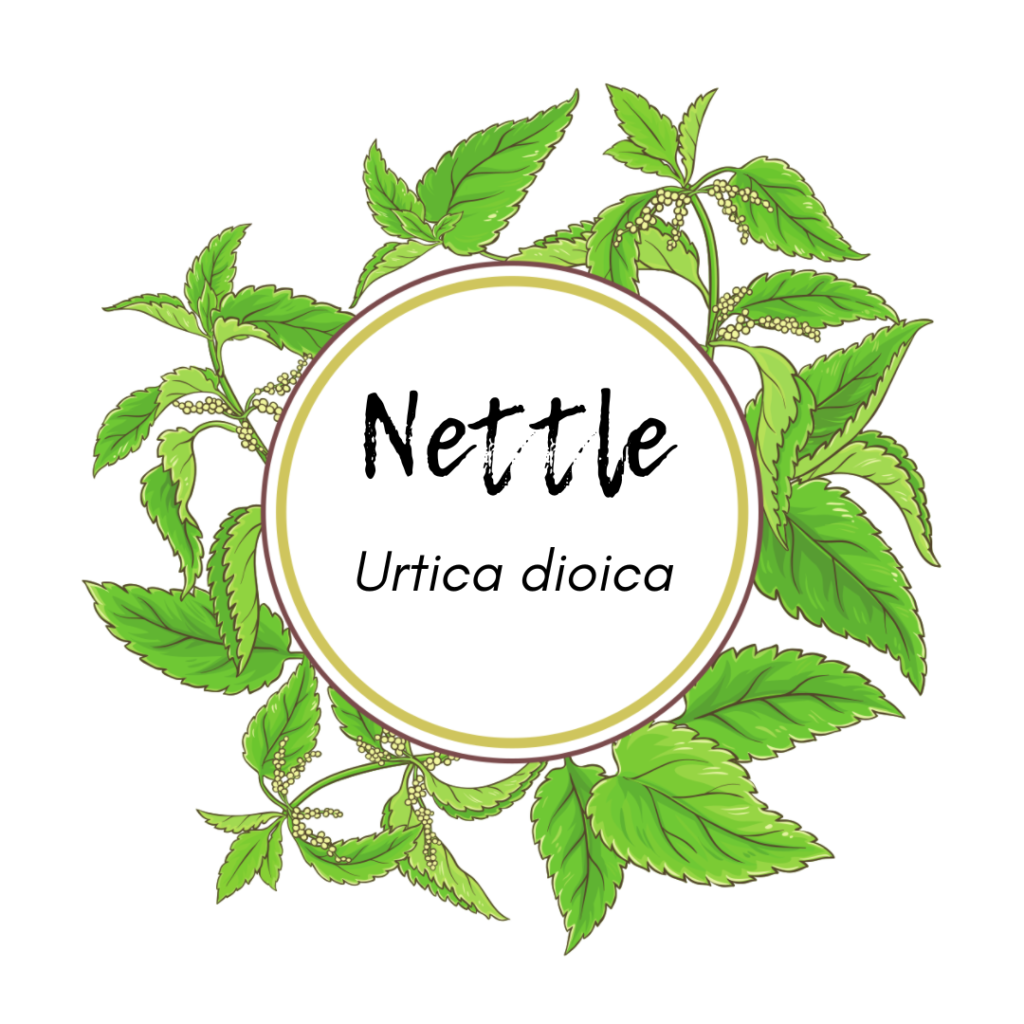
This is the second blog post in our herbal knowledge series on Nettle. If you want to learn about Nettle’s history, folklore, mysticism, and magic head over to read about it here. Want to learn about its therapeutic actions you can find that here.
How to Identify Nettle
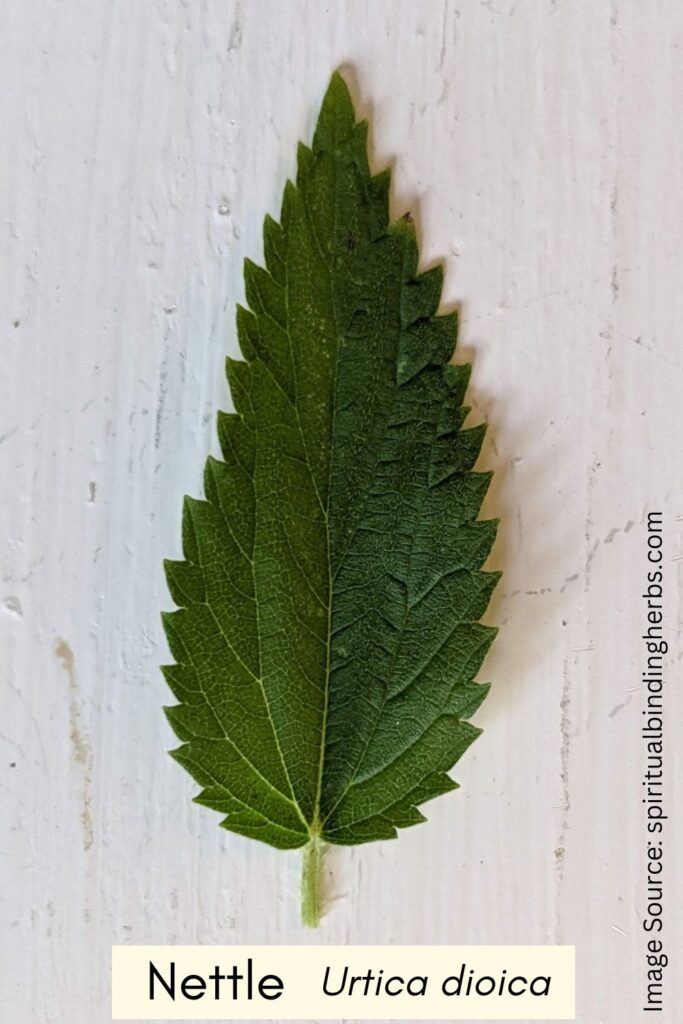
Nettle (Urtica dioica) is a plant that can go fairly unnoticed, especially in the younger plants, that is, until you happen to brush up against it, and then you will understand why its other common name of stinging Nettle. At first, when this happens, many get this plant confused with poison ivy, even though the two are very different looking from each other. Another plant that Nettle can sometimes get mistaken for from a quick glance is the mint family. Similar to the mint family, Nettle does also have a square stem.
The leaves of the Nettle plant are opposite in arrangement, which means the leaves grow out from the stem directly across from each other. The Nettle plant’s leaves help to identify this plant distinctively. The margins of the leaf are serrated, which means they are toothed along the outer edges with sharp teeth that point forward (Harris & Harris, 2022). Depending on the age of the plant or where it is in its growth cycle, the plant may also be displaying loose clusters of seeds or flowers called racemes. Interesting to note Nettle grows both male and female flowers. If you’re interested in learning more about the male and female flowers here is a great resource and a quick read: http://bioweb.uwlax.edu/bio203/2011/homolka_kail/reproduction.htm#:~:text=The%20nettle%20produces%20both%20male,the%20top%20of%20the%20plant.
Parts of The Nettle Plants Used
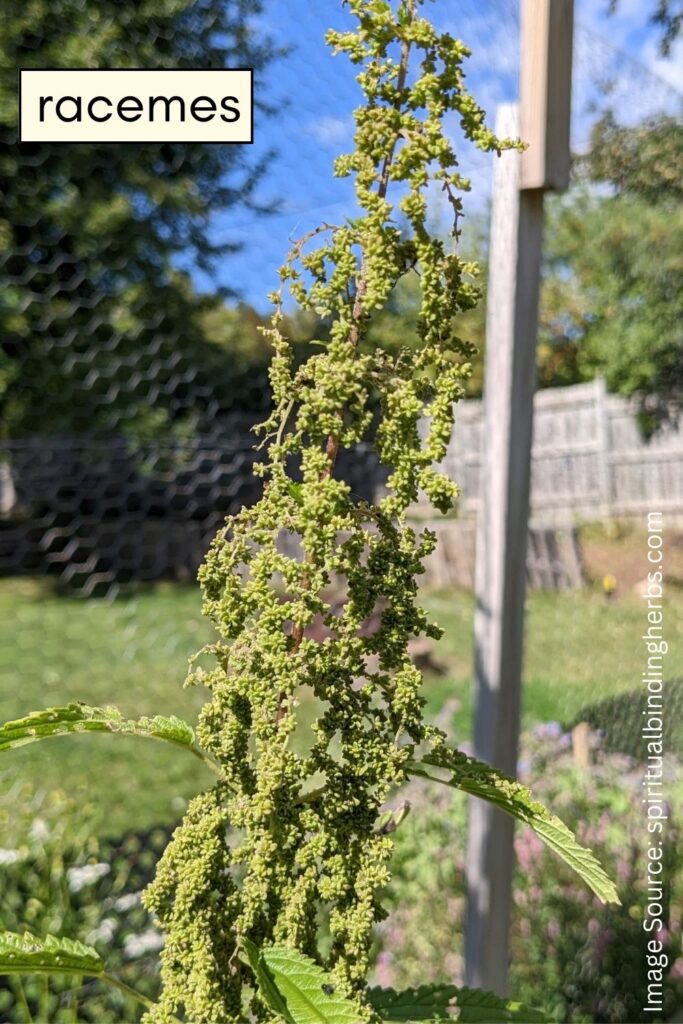
All parts of the plant can be used, from the seeds to the roots. Stems are not used as much, and harvesting the stems in the fall season will most likely be tough, although if you have more mature stems, you can grind them down to use in teas. Leaves are best when the plant is young; they can not only be used to make plant medicine but also soup and even can be substituted for spinach. The root of the Nettle plant is a great resource for tincture making and harvesting in the fall. The ability of the plant to stop bleeding makes it a popular choice for wound management. Wounds can be coated with dried, powdered Nettle or wrapped in fresh leaves that have been lightly pounded to increase their medicinal benefits (Shimer, 2004). This is a great option if you find yourself needing to dress a wound out in the woods.
When and How to Harvest Nettle
SEEDS: Since the seeds don’t start to produce until late summer it is best to harvest the Nettle seeds in either late summer or early fall. You’ll know they’re ready once they start to turn brown in color.
LEAVES: One disclaimer I will put here is you may find some sources saying you can eat the raw leaf, but I wouldn’t recommend this as the leaves have the potential to sting the throat, which can impair breathing for some. The Nettle leaves are best harvested in the early spring, but you could push it out to sometime in June, depending on your location.
STEMS: It is recommended to use the stems of younger plants, so harvest these parts in the spring or early summer. The stems of the Nettle plant can be used in teas and are also a great addition to your compost.
ROOT: Similar to the seeds, it is best to harvest in the fall. Once the nutrients start to focus their energy back on the roots while the above-ground parts start to die off.
As with any of the parts harvested, clean thoroughly and dry. Make sure to wear gloves when harvesting any part of the Nettle plant, and long sleeves wouldn’t be a bad idea either!
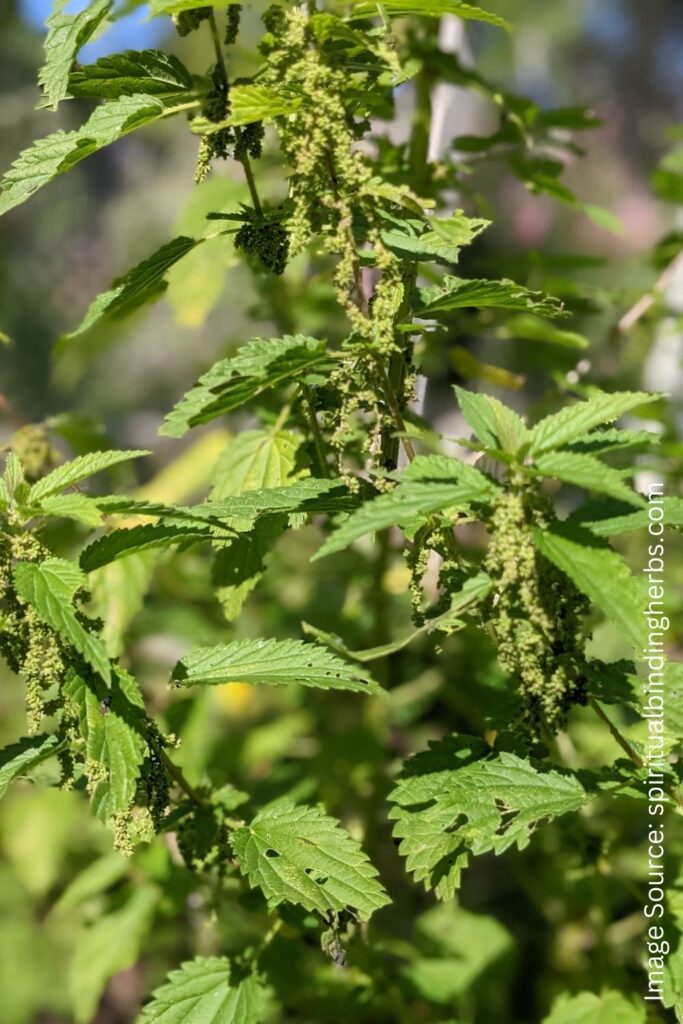
How to Grow Nettle
Even though Nettle has many medicinal qualities, it is considered an invasive species (Urtica Dioica (Stinging Nettle), n.d.). Since it is invasive, it can easily take over an area, so make sure you keep your eye on it if you don’t want it to spread. Partial shade is where I first noticed my Nettle growing, but I have also found it growing in full sun as well. Nettle prefers rich and fertile soil with plenty of water. In my experience, though, it will grow anywhere as long as there is an adequate amount of water. Finding seeds to purchase is relatively easy, either at your local plant store or online. If you want to harvest your own, simply wait until the plant has produced the racemes, let it dry out, and you’ll have yourself an abundance of seeds.
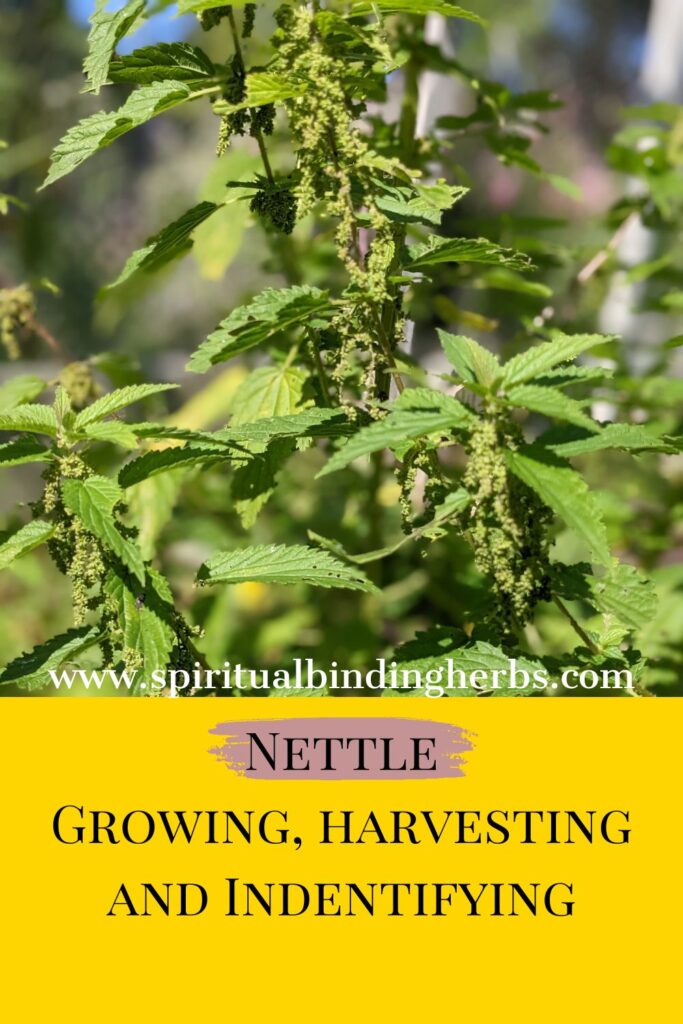
Additional Resources
If you want to expand your knowledge of herbs and herbal remedies, here are a few books I recommend starting with. They can easily be found on Amazon, your local bookstore, and hopefully your local library. These are the ones I tend to refer to the most when creating herbal preparations.
Herbal Books I Recommend
Cunningham’s Encyclopedia of Magical Herbs
Rosemary Gladstar’s Medicinal Herbs: A Beginner’s Guide: 33 Healing Herbs to Know, Grow, and Use
Plant Identification Terminology: An Illustrated Glossary
References
Harris, J. G., & Harris, M. W. (2022, September 14). Plant Identification Terminology: An Illustrated Glossary. Spring Lake Pub.
Urtica dioica (stinging Nettle). (n.d.). Retrieved September 15, 2022, from https://www.cabi.org/isc/datasheet/55911#:%7E:text=Top%20of%20page-,Although%20Urtica%20dioica%20is%20distributed%20widely%20in%20many%20parts%20of,human%20and%20possibly%20animal%20skin.
